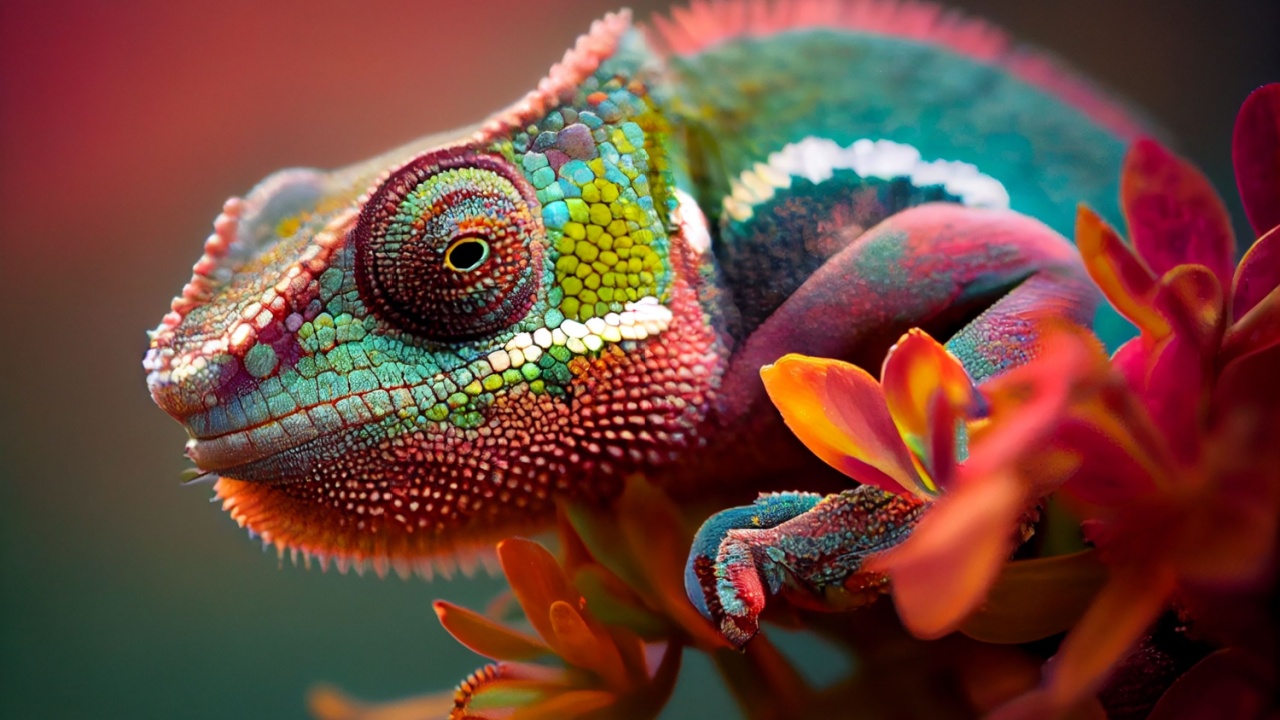Nature is full of amazing hunters, each with its own unique way of catching prey. From high-tech sensing abilities to clever traps, these animals have evolved some truly impressive methods for finding their next meal. Let’s explore some of the most fascinating hunting strategies in the animal kingdom.
Archerfish: The Sharpshooters of the Sea
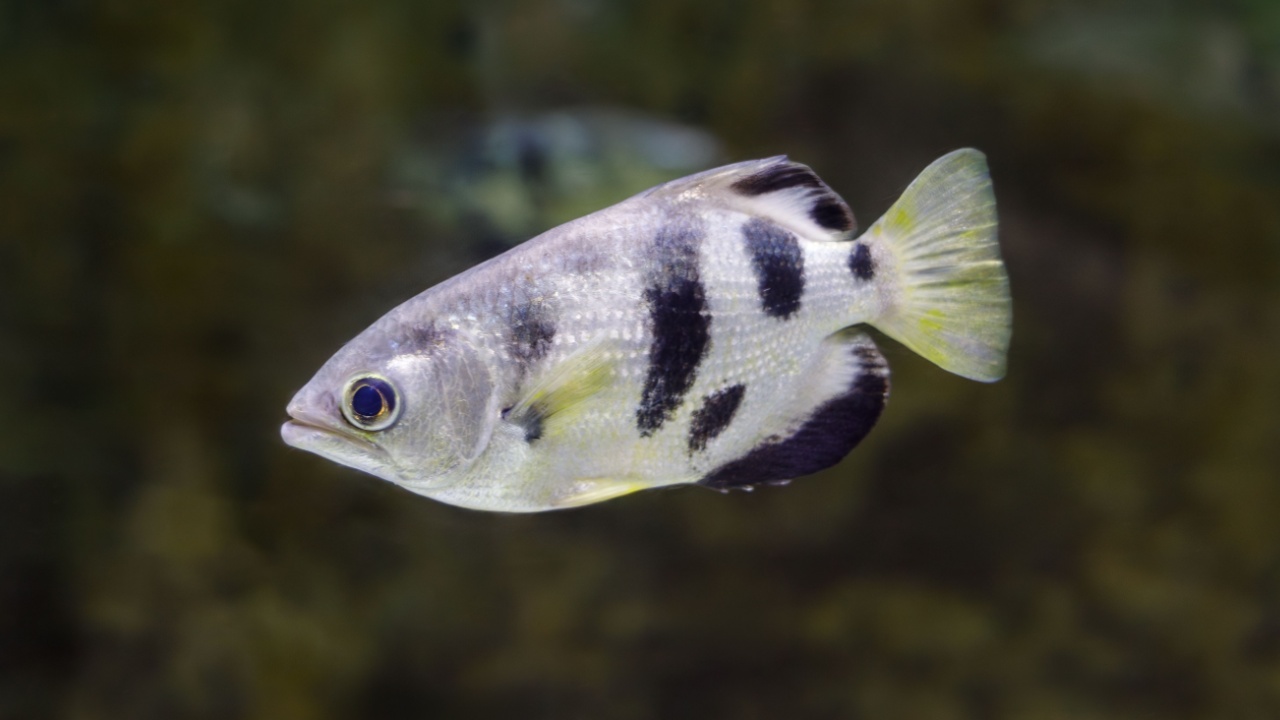
Archerfish have a truly remarkable hunting technique. They shoot down insects and small lizards above the water’s surface by spitting a powerful jet of water from their mouths. These fish can hit targets up to 1.5 meters away with pinpoint accuracy. They even account for light refraction, adjusting their aim to compensate for how light bends when it enters water.
Electric Eels: Living Tasers
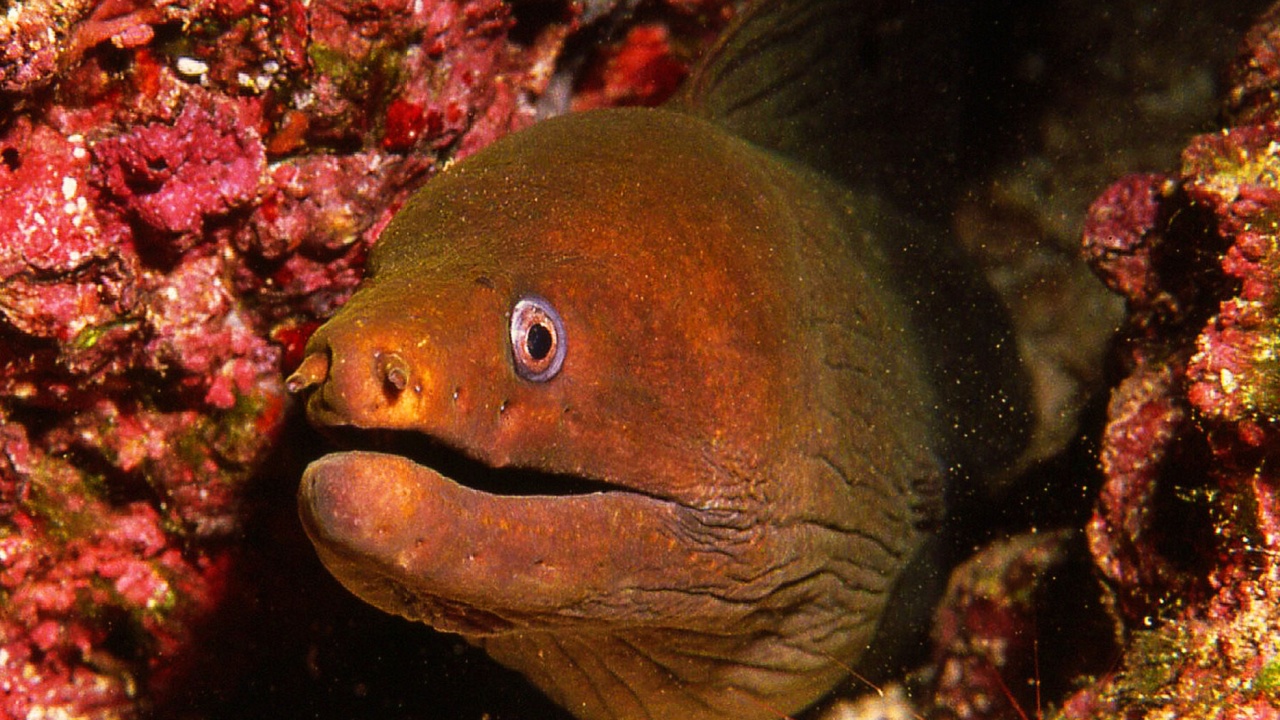
Electric eels are nature’s own stun guns. These fish can generate electric shocks of up to 800 volts to paralyze their prey. They use their electricity in three ways: to find prey in murky water, to stun prey so they can’t escape, and to fully immobilize larger prey. Electric eels can even use their shocks to make hidden prey twitch, revealing its location.
Pistol Shrimp: The Sonic Boom Hunters
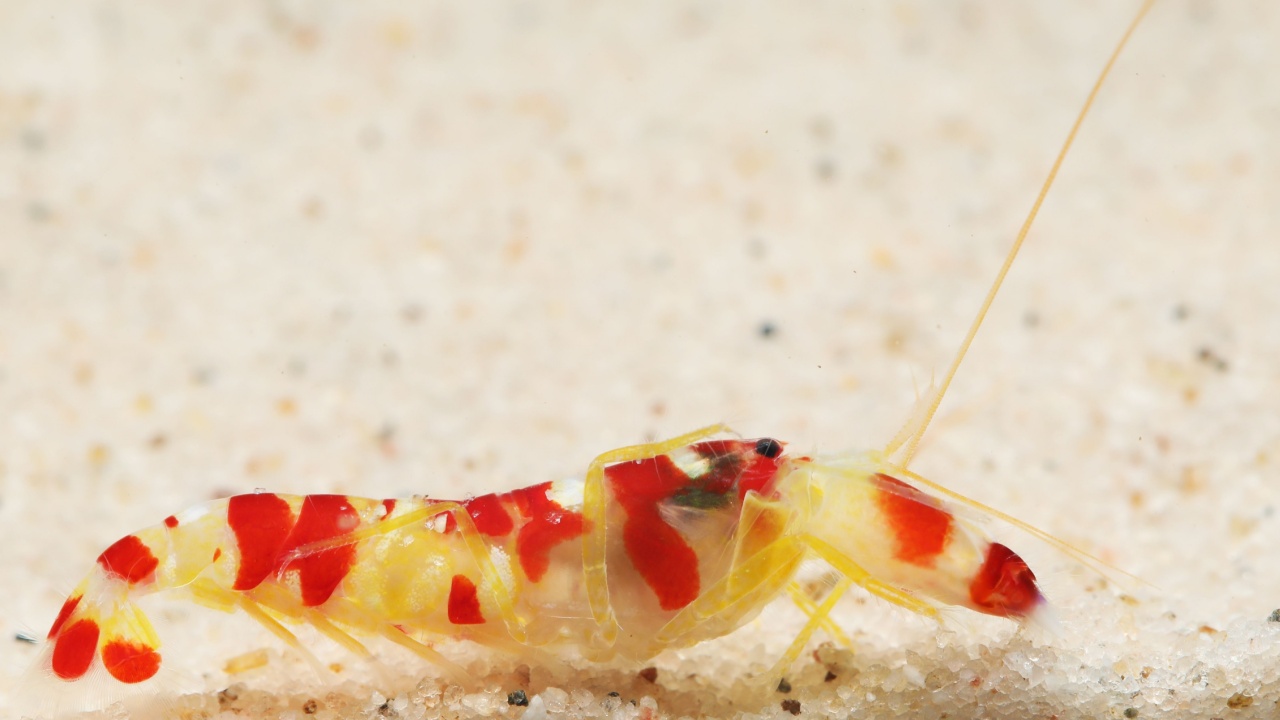
Pistol shrimp pack a powerful punch for their small size. They have one oversized claw that can snap shut with such force that it creates a bubble that collapses with a loud “pop” and a flash of light. This bubble collapse, called cavitation, can reach temperatures nearly as hot as the sun’s surface for a split second. The resulting shockwave stuns or kills nearby prey.
Anglerfish: Deep Sea Fishers
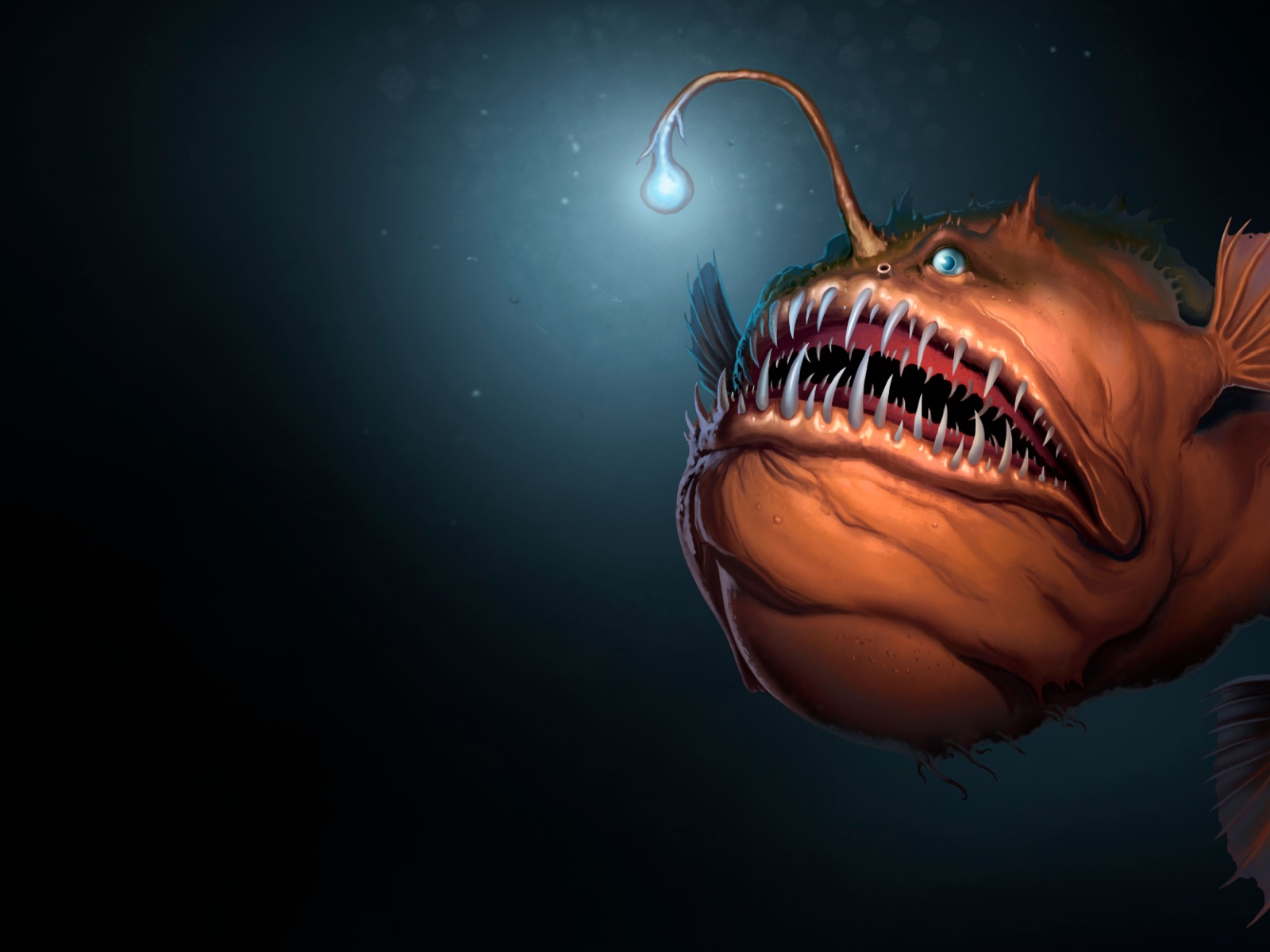
Anglerfish use a clever lure to attract prey in the dark depths of the ocean. They have a long, modified fin ray on their heads that acts like a fishing rod. At the end of this “rod” is a glowing lure filled with bioluminescent bacteria. When smaller fish are attracted to the light, the anglerfish quickly opens its enormous mouth, sucking in the unfortunate prey.
Net-Casting Spiders: Living Trappers
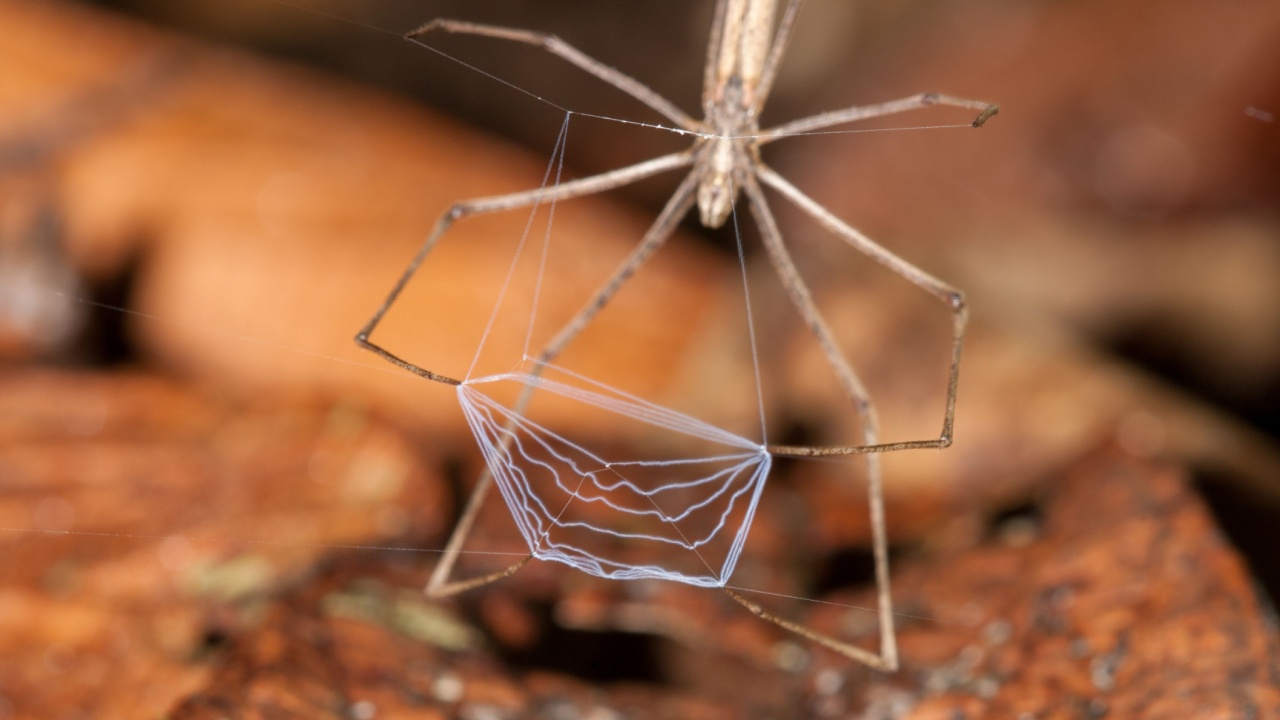
Net-casting spiders, also known as ogre-faced spiders, have a unique hunting method. They weave a small, rectangular web between their front legs. At night, they hang upside down and stretch this net with their legs. When prey passes underneath, the spider drops the net onto it. These spiders have enormous eyes to spot prey in the dark.
Portia Spiders: The Arachnid Einsteins
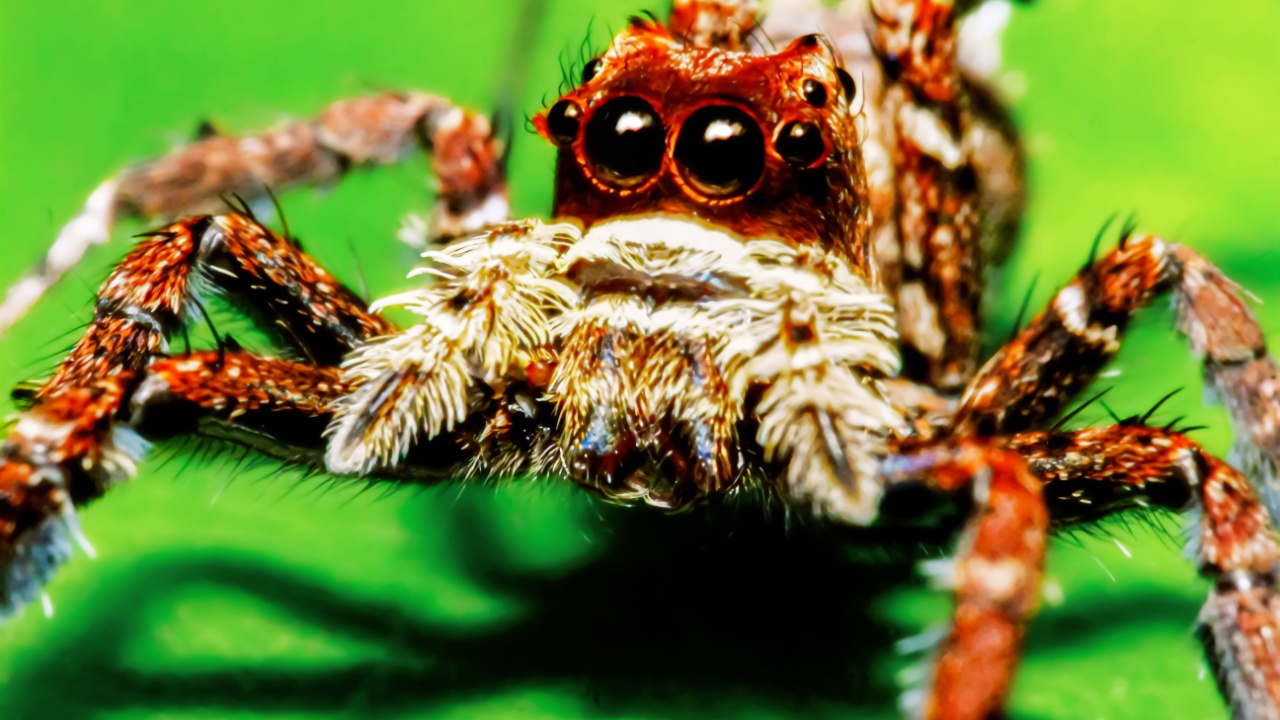
Portia spiders are small but incredibly smart hunters. They specialize in hunting other spiders, even those much larger than themselves. Portia spiders can learn and adjust their hunting strategies based on their prey. They might mimic the vibrations of trapped insects to lure their spider prey, or even pretend to be a potential mate. Their ability to plan and problem-solve is remarkable for such a tiny creature.
Margay Cats: Monkey Mimics
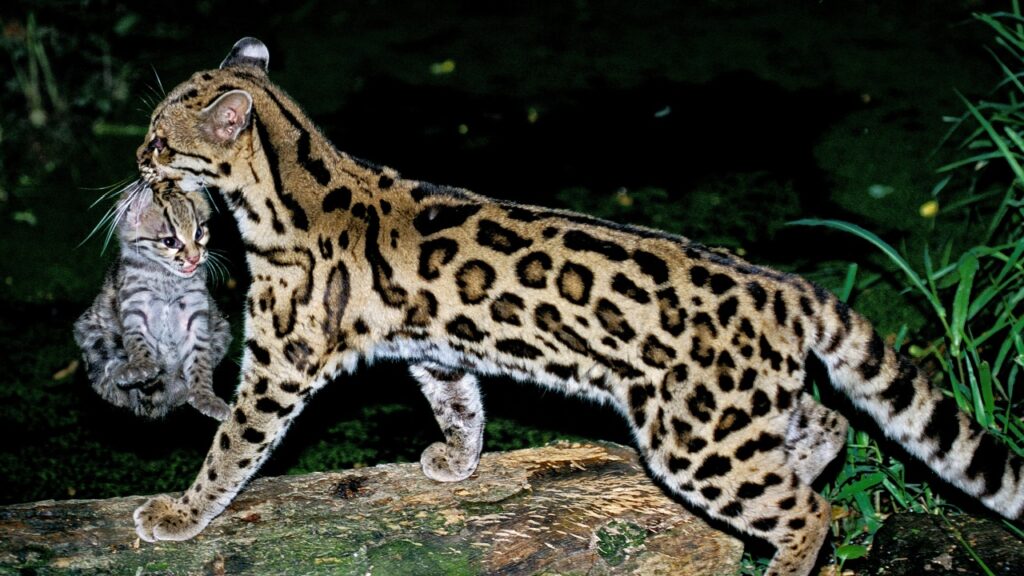
Margay cats, found in the forests of Central and South America, have an unusual trick for catching monkeys. They can mimic the calls of baby monkeys in distress. When adult monkeys come to investigate, the margay ambushes them. This clever vocalization technique allows these small cats to hunt prey that might otherwise be too quick or high in the trees to catch.
Killer Whales: Wave Makers
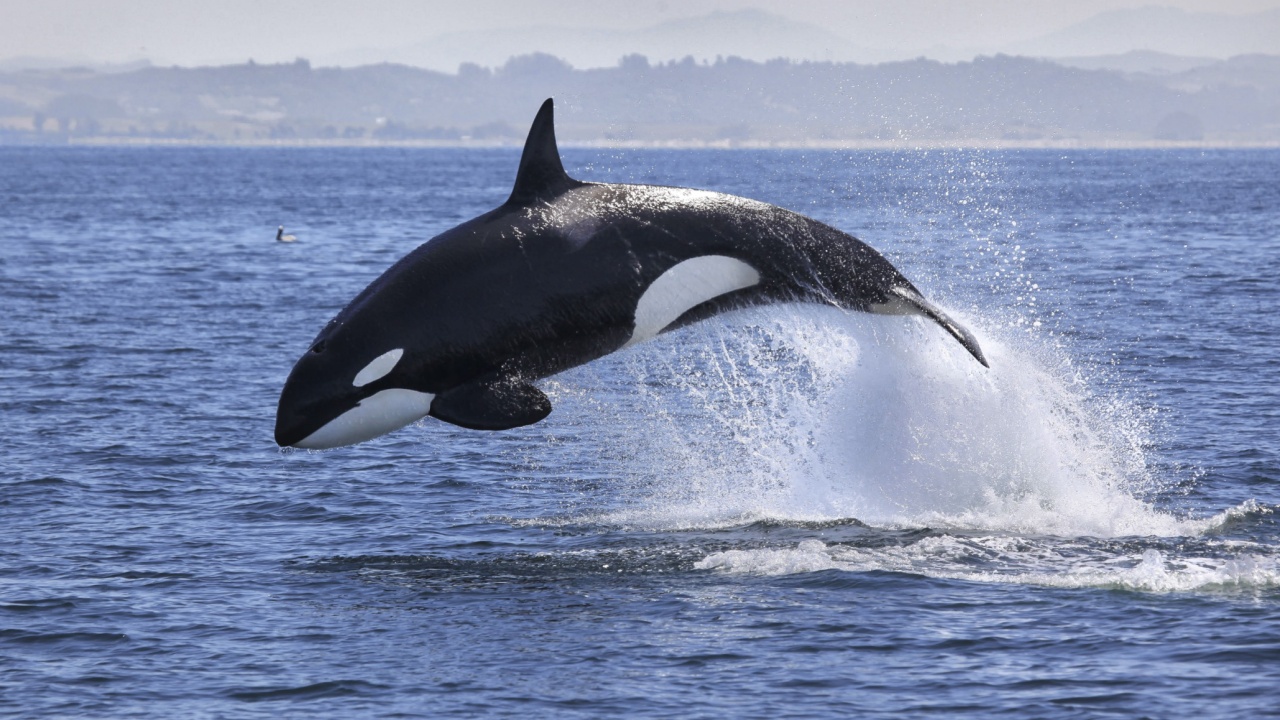
Killer whales, or orcas, are known for their intelligence and varied hunting techniques. One particularly clever method is used by orcas hunting seals on ice floes. They swim in formation to create waves that wash over the ice, knocking the seal into the water. This coordinated hunting shows their ability to work as a team and manipulate their environment.
Trapdoor Spiders: Patient Ambushers
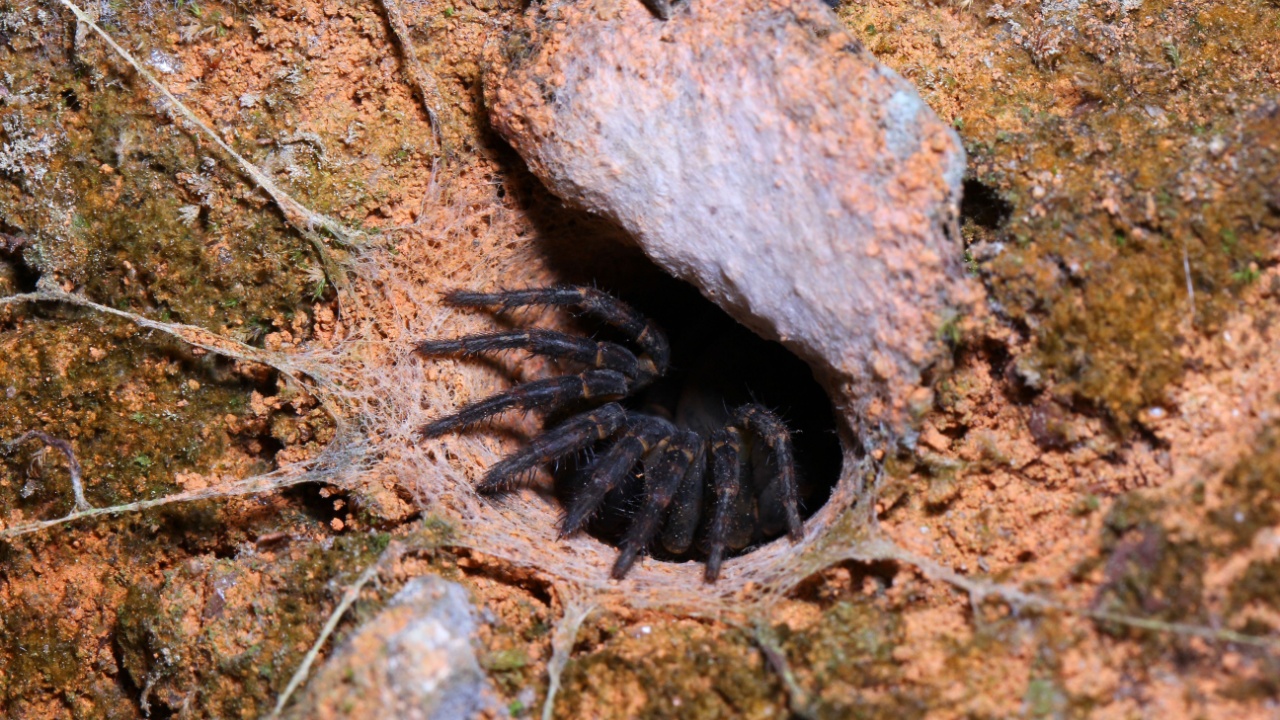
Trapdoor spiders are masters of the ambush. They build burrows with a camouflaged, hinged door made of soil, vegetation, and silk. The spider waits inside, holding the door shut with its legs. When it feels the vibrations of prey walking nearby, it quickly flips open the door and grabs its victim. Some species even add “trip lines” around their burrow to alert them to approaching prey.
Alligator Snapping Turtles: Tongue Fishers
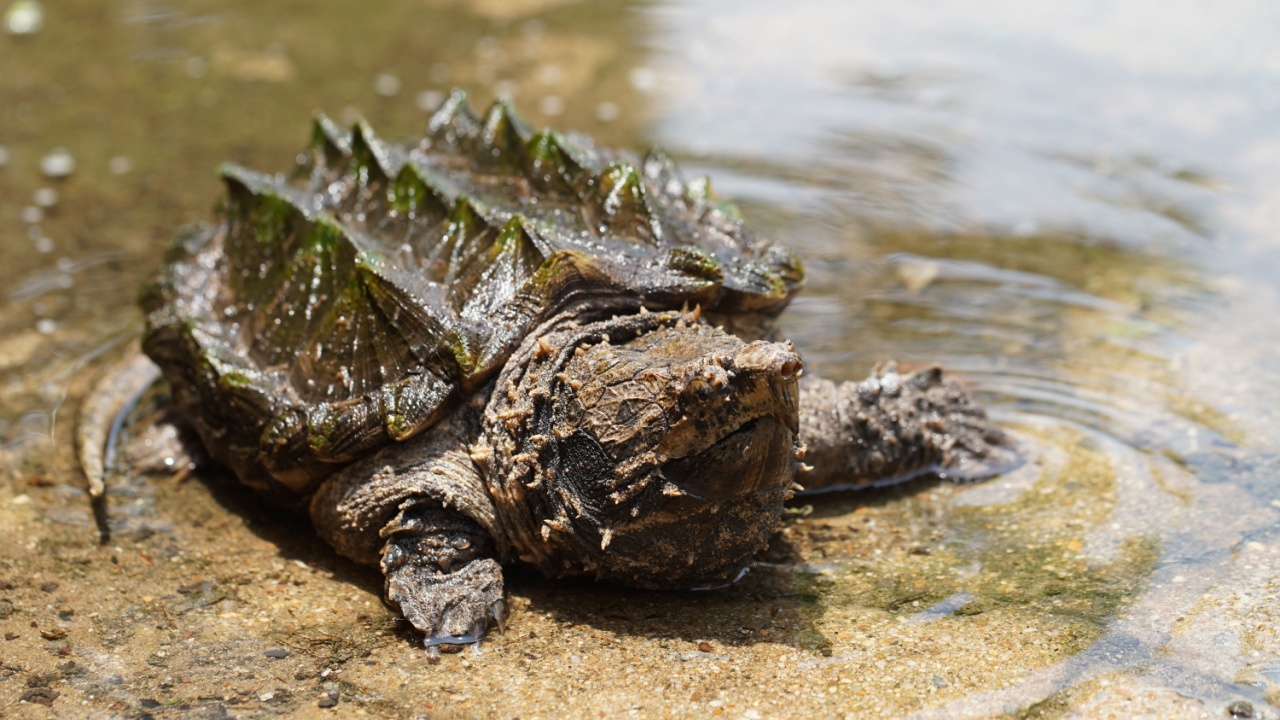
Alligator snapping turtles have a bizarre but effective fishing technique. They lie motionless at the bottom of rivers or lakes with their mouths wide open. Inside their mouth is a small, pink appendage on their tongue that looks like a worm. When fish are attracted to this lure and swim too close, the turtle snaps its powerful jaws shut. This strategy allows them to catch prey while expending minimal energy.
Tentacled Snakes: Water Benders
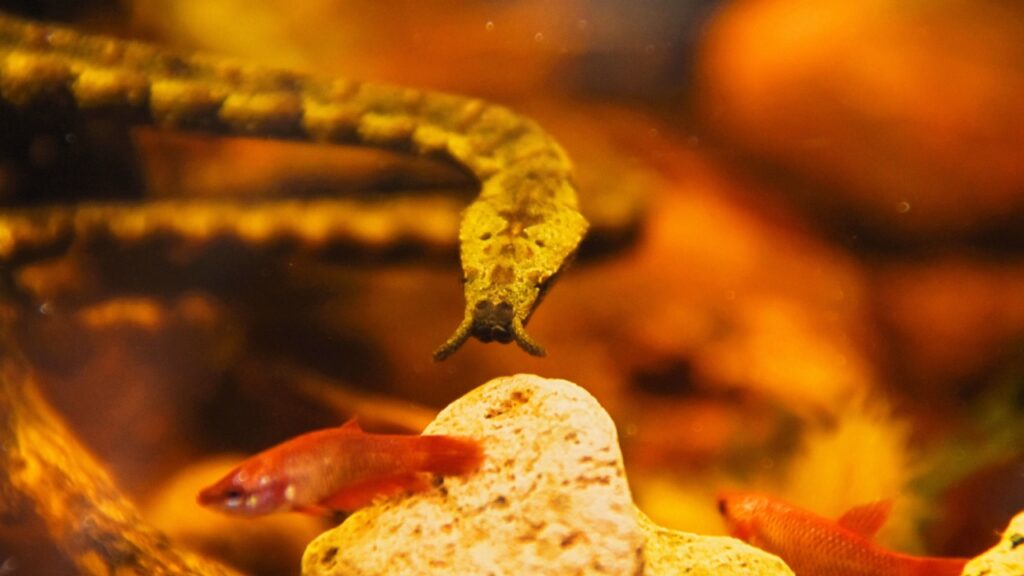
Tentacled snakes have a unique way of catching fish. They form their body into a J-shape and wait motionless. When a fish swims near, the snake moves its body slightly. Surprisingly, the fish instinctively swims towards the snake’s head to escape. The snake anticipates this and catches the fish mid-flight. This hunting method takes advantage of the fish’s natural escape response.
Frogfish: Masters of Disguise
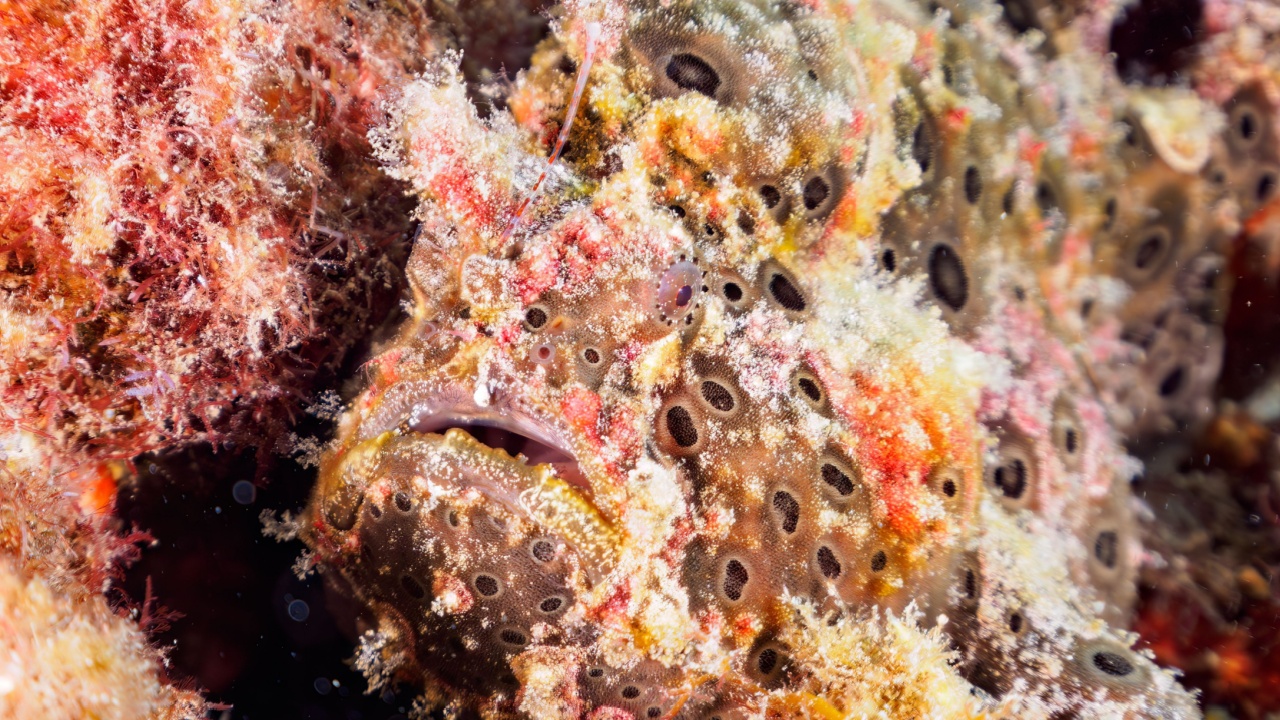
Frogfish are experts at blending in with their surroundings. They can change color and have growths on their skin that mimic coral or seaweed. Like anglerfish, they have a lure, but theirs looks like a small fish or shrimp. When prey approaches the lure, the frogfish can open its mouth so quickly that it creates a vacuum, sucking in the unsuspecting victim.
Dolphins: Mud Ring Feeders

Some dolphins use a clever technique to catch fish in shallow waters. They swim in circles, flapping their tails to stir up a ring of mud. The fish, trying to escape the mud, jump out of the water and right into the waiting mouths of the dolphins. This behavior shows how dolphins can manipulate their environment to make hunting easier.
Cone Snails: Venomous Harpoon Shooters
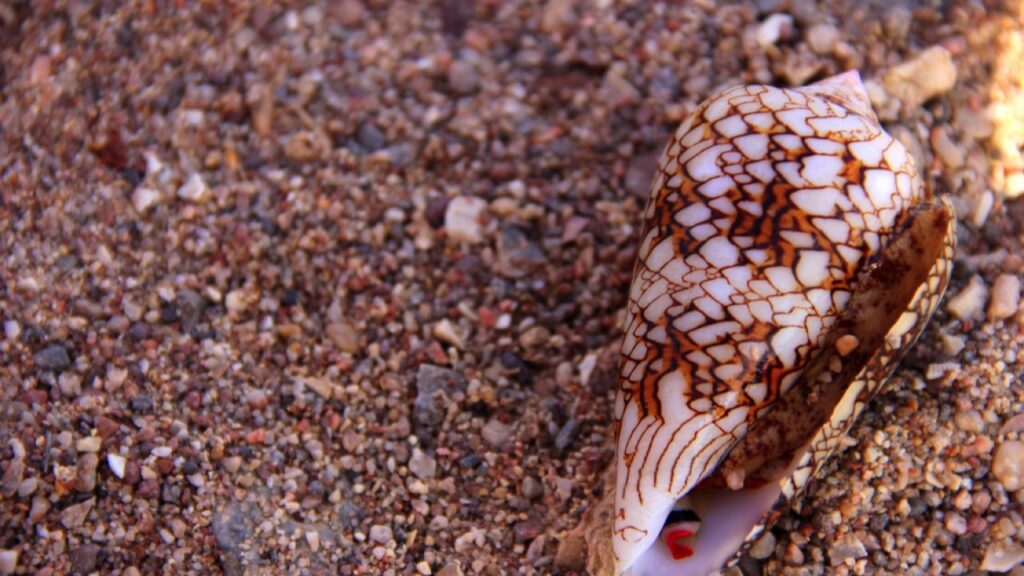
Cone snails might look slow and harmless, but they’re actually skilled hunters with a secret weapon. They shoot out a venomous harpoon to catch fish. This harpoon is actually a modified tooth attached to a kind of poison gland. The venom paralyzes the fish, allowing the slow-moving snail to eat it at its leisure. Some cone snail venoms are so potent they can be dangerous to humans.
Whales: Bubble Net Feeders
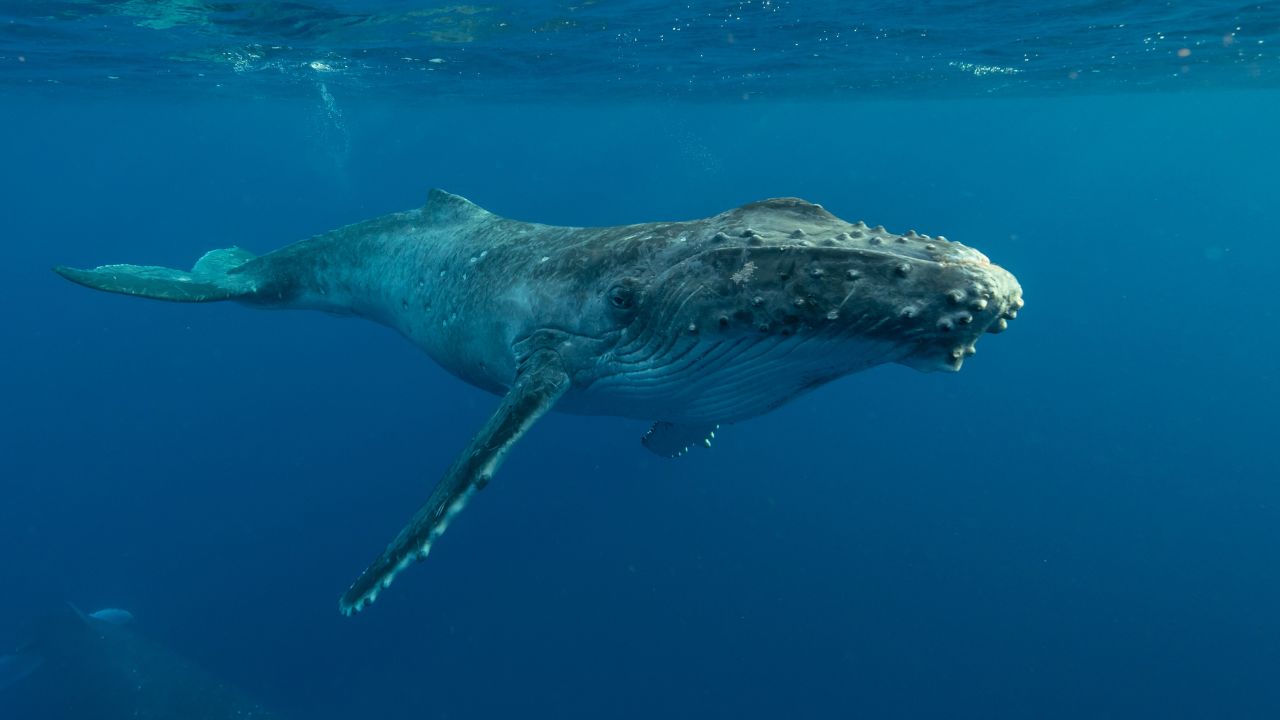
Humpback whales have developed an impressive cooperative hunting technique called bubble net feeding. A group of whales swims in a shrinking circle while blowing bubbles below a school of prey fish. The bubbles form a net, confusing and trapping the fish. As the circle shrinks, the fish are forced upward. The whales then surge upward through the center with their mouths open, swallowing thousands of fish in one gulp. This complex behavior requires coordination and communication among the whales.
Chameleons: Ballistic Tongue Hunters
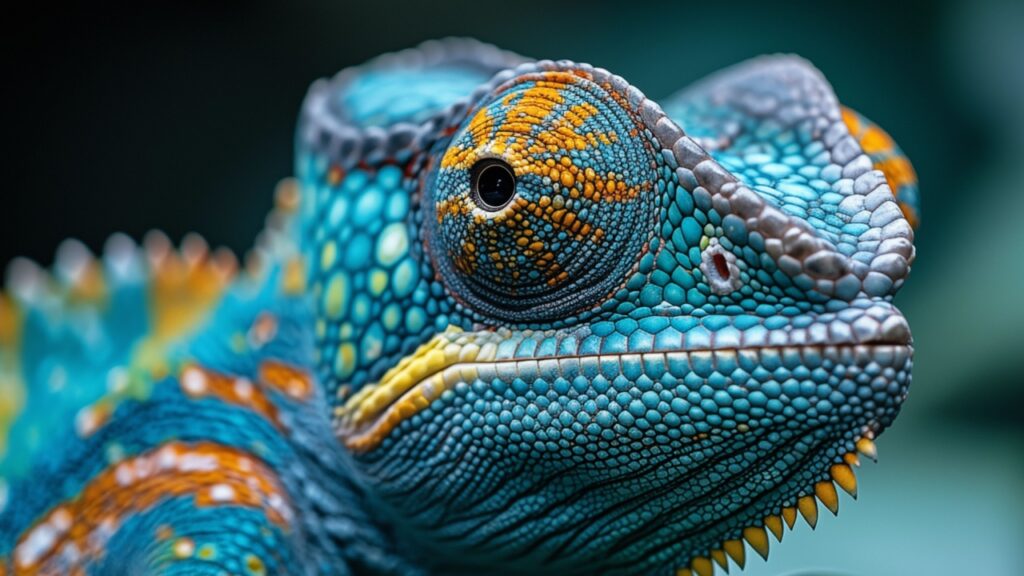
Chameleons are famous for changing colors, but their hunting method is equally impressive. They have incredibly fast tongues that can extend to twice their body length in a fraction of a second. The tip of their tongue has a suction cup-like structure that grabs onto prey. The tongue’s acceleration is so rapid that it would be lethal to a human. This allows chameleons to catch insects and other small prey from a surprising distance without moving their bodies.

